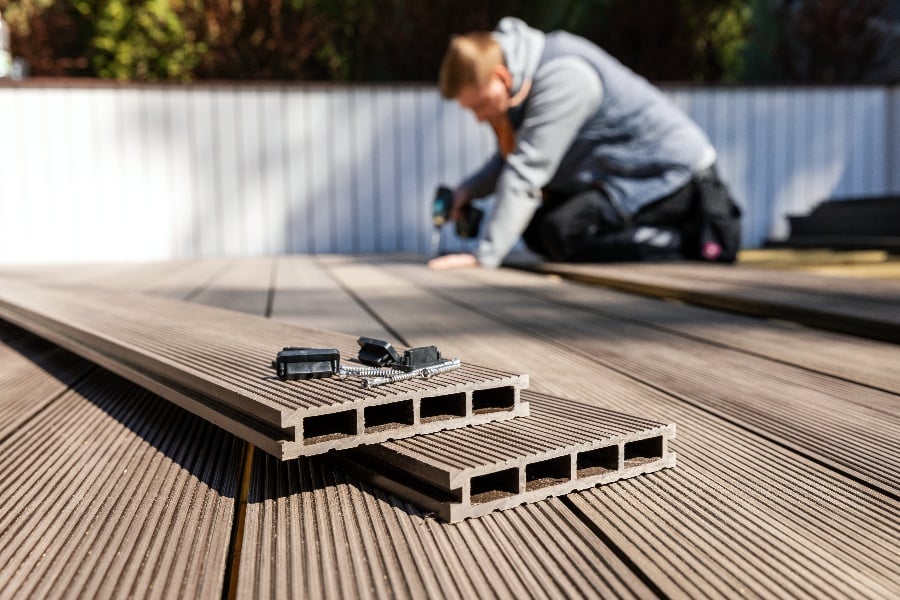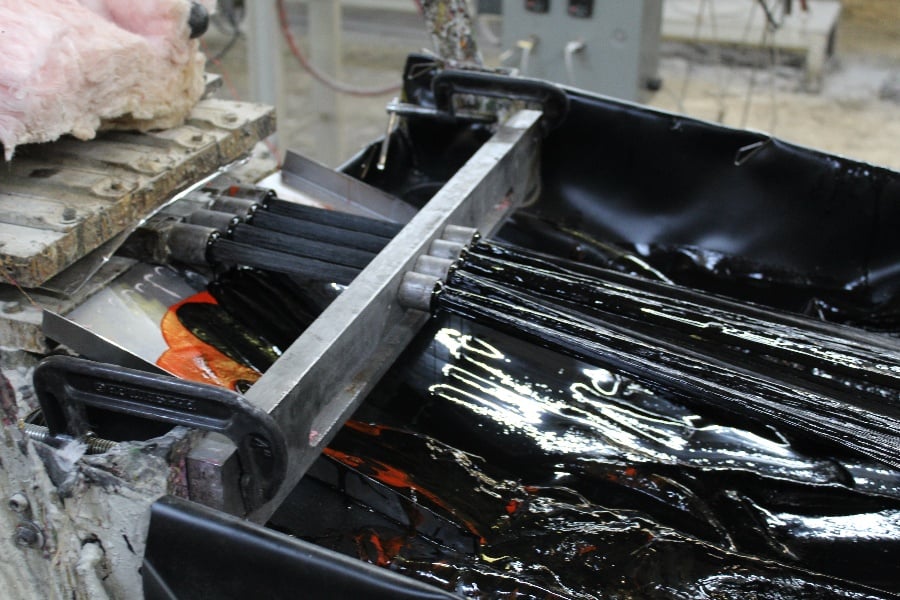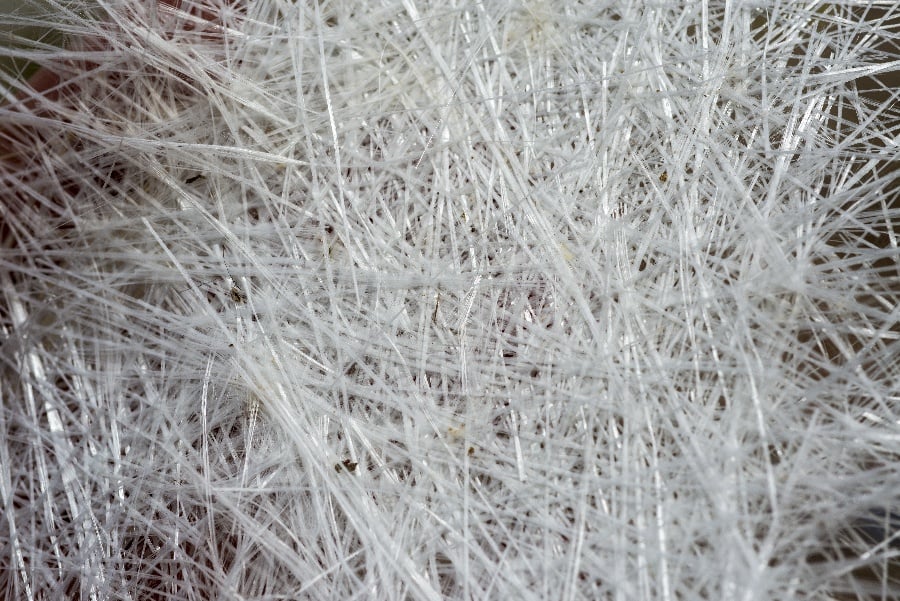
Composite products are used in many facets of our daily lives ─ they are in flooring, walls, your vehicle/s, and in your home.
So, what are composites? More importantly:
- What is the use of a composite profile; and
- Why does it matter?
A composite profile is produced when 2 or more materials with different physical properties are combined. For instance, it is possible to combine a material that compresses well with a material that stretches to form a compressible and stretchable composite.
This post will look at the use of composites and why they matter. Manufacturers can mix and match the composition of the ingredients to meet the specific needs of an application. So, by combining specific components and adjusting them, composites can be produced to meet specific requirements.
One of the key features of Fiber Reinforced Polymers (FRPs) is that the composition of the components can be varied according to the requirements of the respective applications. FRPs are produced in a process called pultrusion.
Below are 3 of the most common fiber reinforcements used in FRP manufacturing as well as examples of their practical use.
Types of Pultrusion Fibers
Depending on the project at hand, builders and project engineers have a number of choices in terms of the fibers they can use.
Each fiber has its own unique characteristics, so the best option will depend on the end product specifications and the goals for your project.
1. Glass Fiber
The most common and most economical fiber reinforced polymer (FRP) products are made by melting down raw materials (mostly silica sand) into extremely delicate filaments. These filaments are bundled together into strands or rovings, then pulled through resin baths and cured to make FRPs.
As one of the oldest fiber reinforcement materials used across a wide range of industries, glass fibers have been recorded to have been used as far back as roughly 4,500 years ago. At that time, ancient Egyptians were recorded to have used glass fibers to strengthen vessels and pots.
Meanwhile, back to the present day, around the world, glass fibers are produced for a number of purposes. However, they are popularly used as reinforcement in FRP composites. When used in FRPs, glass fibers increase tensile strength, dimensional stability and creep, as well as impact and chemical resistance.
In addition, select specialty glass fibers are used because of their specific performance characteristics. For example, E-glass is an excellent electrical insulator.
Glass fiber is versatile and is the most common fiber reinforcement material. Even though glass fiber is extremely light-weight, it weighs more than carbon fiber and is not as stiff.
But, the great advantage of glass fiber is that it is more impact-resistant and has greater elongation-to-break performance. So, glass fiber reinforcements are a great option if you need a low-cost product with high impact-resistance.
Glass Fiber End Products
Glass fiber is used in applications in a wide range of industries as it is the most commonly used fiber reinforcement in the market. Examples of usage include:
Fiberglass tubes and pipes: Commonly used in antenna housing, tool handles, fiber optic cabling, non-conductive ladder rails, and more. Fiberglass mats, also known as batts are used to insulate homes and other buildings.
Fiberglass is used in electronics for the substrate material of many printed circuit boards.
Automotive: The Chevrolet Corvette auto body is perhaps, the most well-known example and is made almost entirely of fiberglass. Most replica and kit cars have fiberglass bodies.
- Fiberglass window reinforcements for superior structural and thermal performance.
- Wind turbine blades and other products for renewable energy.
- Marine applications, particularly for use in the building of boats.
2. Aramid Fiber (Kevlar)
Formed from polyamide fibers, Aramid fibers are synthetic. Aramid fiber has exceptional impact resistance and is popularly referred to as Kevlar is non-conductive and well known for its use in bullet proof vests.
It has a higher elongation than carbon ─ although less than glass ─ is heat resistant to very high temperatures, has excellent corrosion resistance and is lightweight and high-modulus. It is an effective reinforcement material for a broad range of applications. Aramid boasts densities ranging from 1.38g/cm3 to 1.47g/cm3.
Ultra-high strength high-modulus fibers contain mostly para-oriented phenylene rings while heat-resistant and flame-resistant aramid fibers contain high proportion or meta-oriented phenylene rings.
Aramid Fiber End Products
- Ballistic protection: Protection for vests and armoring military and civilian vehicles.
- Sporting goods: Athletic footwear and apparel, exercise equipment, and licensed sports merchandise. This also includes end products where impact resistance is needed. For example, bicycle tires.
Sports and recreational products make up one of the biggest manufacturing markets in the world. Research firm Lucintel projects that the global retail sporting goods industry is worth $5 trillion and brings in $110 billion per year in the United States. alone. Within the U.S., the sporting goods market in the United States is multi-billion dollar industry.
- Electronic casing: Portable communication devices such as cell phones.
3. Carbon Fiber
Carbon fiber has a carbon content of 90% or above and are produced from a range of precursor fibers. A few examples of precursors include rayon, pitch, lignin, or polyacrylonitrile (PAN). To create carbon fiber, they are then treated, heated, stretched, and carbonized.
Carbon fiber has higher tensile strength and is much lighter in weight than most other fibers. However, it is less impact-resistant, is highly conductive and can cause corrosion when in direct contact with metals.
To overcome corrosion, apply a protective layer of fiberglass or epoxy. This is something to keep in mind for projects that have metal components.
The specific mixture components and precursors used will result in different performance attributes. The resulting carbon fibers will perform differently but the general attributes listed above are true for all iterations.
Carbon Fiber End Products
In FRP manufacturing, Carbon fiber is the second most popular reinforcement after glass. Some examples of carbon fiber FRPs include:
- Automotive body parts: Used in high-performance supercars like Corvettes and Lamborghinis.
- Hydrogen tanks for fuel cell vehicles.
- Sport and recreation items such as golf shafts, tennis rackets, hockey sticks, bicycles and fishing rods.
If you have questions about glass fiber or composites or need to find out more about FRPs, contact our experts at Tencom.















